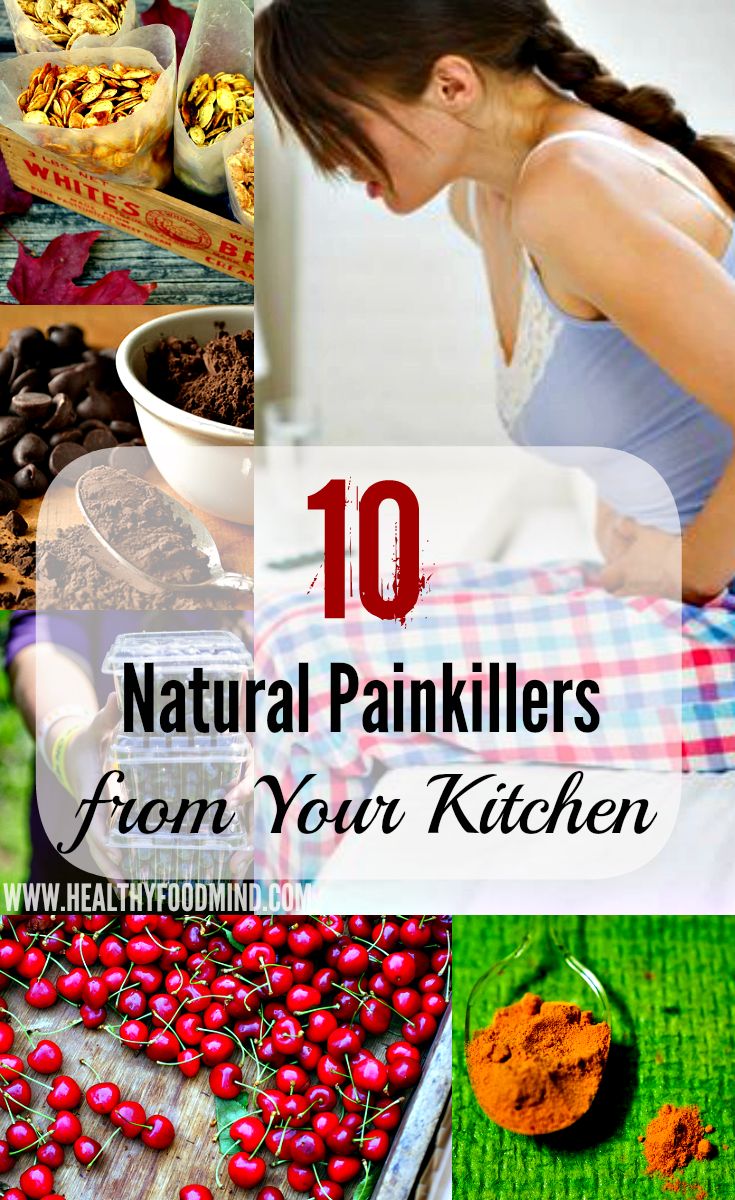Yeast infections are probably the most un-fun topic ever, but it’s something that most women (and some men) will experience within their lifetime. Here are 10 natural remedies for yeast infections that will get your ladyparts back in balance safely and quickly.
First, some basic information about the yeast beast, and a little bit of my personal healing journey. Candida is a naturally occurring yeast in our body- one of many varieties, actually. Candida albicans is the most common, and it’s found in warm moist areas like diapers, skin folds, and mouths. But most commonly we hear about candida when it manifests itself as a vaginal yeast infection. An overgrowth of yeast can occur because of stress, medications (antibiotics are usually the main culprit), or hormonal changes during the menstrual cycle or during pregnancy. Infections can also be brought on with a sudden increase in sexual activity or sex with a new partner (whether they are male or female, and with or without condoms), as extra sexy time can disrupt the delicate balance in your vagina.
Generally, yeast infections are minor irritations that can be treated with any number of over-the-counter products, either natural or conventional. Many women that suffer from a yeast infection can simply visit the drugstore and feel better within a few days. But, systemic candida overgrowth is a different issue entirely, and it manifests itself as repeated infections, which is what I have dealt with for years.
In my early twenties, I began to have yeast infections every month, and every month I would treat myself with one of the over-the-counter medications and lots of hope. But each month an infection came on again, and doctors had nothing helpful to say. I saw multiple conventional doctors, who suggested it might be the humid climate, previous birth control pills, a potential HIV infection, or a combination of these reasons. Not one mentioned diet, and none recommended natural remedies. Most of them shrugged and sent me on my way. They had no solutions for this persistent problem.
I finally turned to a naturopathic doctor, who prescribed probiotics, homeopathic remedies, acupuncture, Chinese herbs, essential fatty acids, and a few other supplements to cleanse my body of the overgrowth and restore the natural balance. I was infection free within a few days, and was elated when months passed without a recurrence. It was a totally different outlook on life (and sex!). In the intervening years, I’ve tried nearly every natural remedy out there, and I’ve benefited greatly from a community of healers in my life who have helped me find many of these remedies.

10 natural remedies for yeast infections
1. Gentian Violet:
An old-school remedy, gentian violet was the most recent natural remedy I used successfully after a recommendation from a naturopathic doctor friend. Gentian violet is a topical anti-bacterial/anti-viral liquid that is similar to iodine. It’s often used to treat breastfeeding mamas and babies with thrush, another type of yeast overgrowth. It can be hard to find in stores, but it is available on Amazon for just a few dollars. To use, pour about a teaspoon of gentian violet on a tampon (the type with no applicator), and insert into your vagina. Keep in overnight then remove in the morning. I saw results immediately, and continued for a few more nights to make sure it was really gone. Do use gloves and wear protective clothing over your bum for the night– this stuff is PURPLE and will stain fingers, bedding, and clothes.
2. Well-in-Hand’s Yeast Rescue:
For many years I used this awesome product made from wild-crafted botanicals like calendula, chamomile, and other healing herbs mixed into a base of olive oil. Yeast Rescue can be used topically, and it is instantly soothing and lovely. Use topically to relieve burning and itching, and soak a tampon and insert thrice daily to heal infections in a few days. They also make a soap to help with external itching and burning.
3. Seed cycling:
Hormone imbalance can be an underlying cause of yeast infections and other issues, and seed cycling is a pretty cool way to help balance your hormones and menstrual cycle naturally and cheaply. Each month our body cycles through a range of hormones, and there are certain seeds that can help keep these hormones in balance. It sounds like hippie magic, but it really does work. Flax, sunflower, pumpkin and sesame seeds might just be what your body is craving.
4. Boric acid suppositories:
Boric acid is a common and inexpensive way to treat an infection, but seek it out under the guidance of a doctor, as it can irritate sensitive tissues and should be used in combination with other products. You can find boric acid as an ingredient in some suppositories, and it can also be used alone in a capsule suppository, but use with caution.
5. Vitanica Yeast Arrest suppositories:
I got stuck with an infection while on a trip, and couldn’t access my regular options. I found these at a local health food store, and they worked great! These suppositories have a cocoa butter base and are infused with botanicals and boric acid. They were easy to use (insert one at night and one in the morning), and didn’t irritate like some other products. This remedy took a few days longer than some other options, but is an excellent natural remedy.
6. Probiotics:
Probiotics are your friends for everyday health and wellness, but are especially important if you are dealing with candida issues. Choose probiotics that are high in Lactobacillus; if you eat yogurt, miso, and other cultured products like sauerkraut and kimchi, keep it up and increase the amount. It’s good to add probiotic supplements too, especially if you are fighting an infection. You can also use natural probiotic capsules as a vaginal suppository to supplement other remedies (sounds weird but it can be really helpful).
7. Aloe Vera Juice:
Aloe is a great plant for skin health, but did you know it’s also great for our insides? According to The Candida Diet, aloe juice is helpful because, “Candida yeast breeds in your intestine when transit time is too long, but Aloe can help by alleviating constipation […] Aloe Vera repairs and seals your intestinal wall, which stops Candida from actually penetrating through into your blood stream.” Choose the juice with the skin for some laxative effects, or choose without the skin if your bowels are in good shape.
8. Naturopathic medicine:
If you are dealing with recurring infections, visiting a naturopathic doctor can be very helpful. He or she will look at underlying causes for symptoms, and address the whole system with supplements, homeopathic remedies, and lifestyle tweaks that can help you beat yeast infections at the source. Naturopathic medicine can help with many other illnesses too!
9. Acupuncture:
Even if you are scared of needles, you should check out acupuncture options for overall health and wellness, and especially if you suffer for digestive or hormonal issues. Like naturopathic medicine, acupuncture can help address underlying symptoms of your condition and build a stronger, healthier body. An acupuncturist might also recommend supplements, Chinese herbs, dietary suggestions, and of course, needling!
10. Diet:
We know that good food makes us happier and healthier, but it’s especially important if you are dealing with yeast infections. Certain foods, like beer, wine, cheese, sugar, and grains are often linked to candida, and if you suffer from recurring infections, it might be time to eliminate or reduce these foods in your diet. Sugar is pretty bad for us anyway, but as candida feeds on sugar, it’s good to get rid of it and build a diet based on fresh veggies, protein, healthy fats and complex carbohydrates to keep your gut healthy and balanced.
Original article and pictures take www.corespirit.com site




